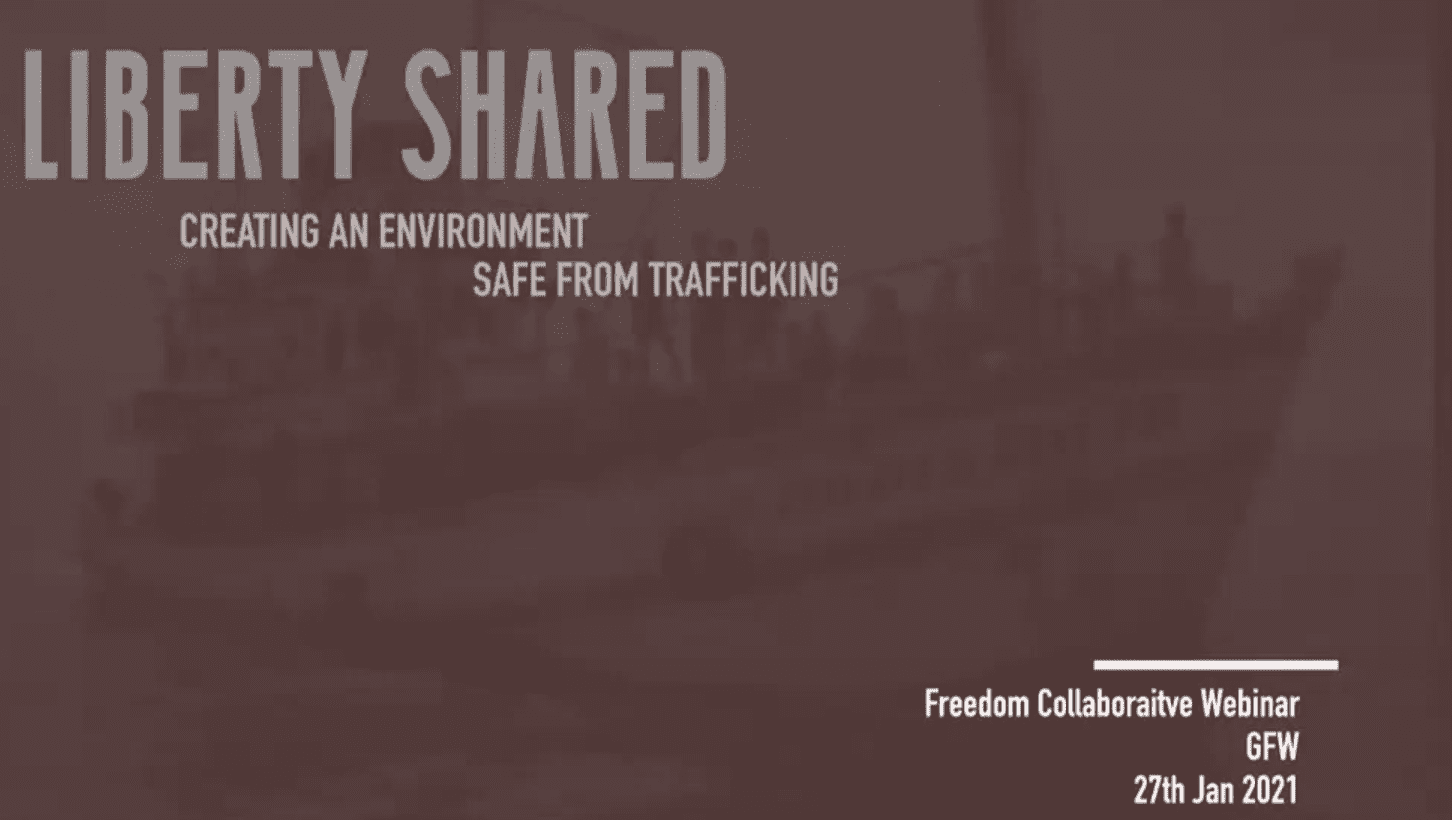
Forced labor abuses in fisheries: A model for identifying high risks
Forced labor is a recognized issue in open ocean fishing, but historically the scale of this crime has been very hard to track.
When a joint research team from Global Fishing Watch, emLab at UC Santa Barbara, and Liberty Shared was trying to find out more about the use of forced labor in fisheries, a breakthrough came when they asked a key question: What if vessels that use forced labor behave in fundamentally different observable ways from vessels that do not?
Based on this question, the researchers built a predictive model that can identify vessels that are highly likely to be using forced labor. In this webinar, the research team explains how they developed a way in which to distinguish between vessels that use forced labor and those that do not – and the potential to use this model to build an actionable tool for practitioners in the future.
During this webinar, you’ll learn:
-
The behaviors that distinguish high-risk vessels from the rest of the fleet
-
The scale and significance of the issue of forced labor within the world’s fishing fleet, based on findings from the model
-
How the model might be able to support designs for more targeted intervention in the future and how to get there
Speakers:
Valarie Farabee, Liberty Shared
David Kroodsma, Global Fishing Watch
Gavin McDonald, University at California Santa Barbara
